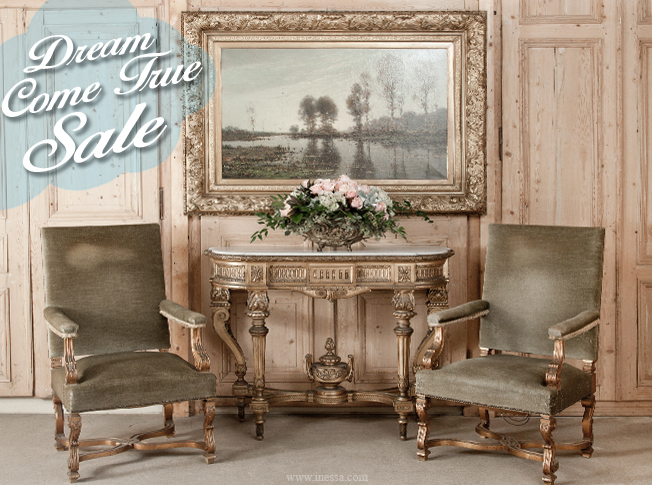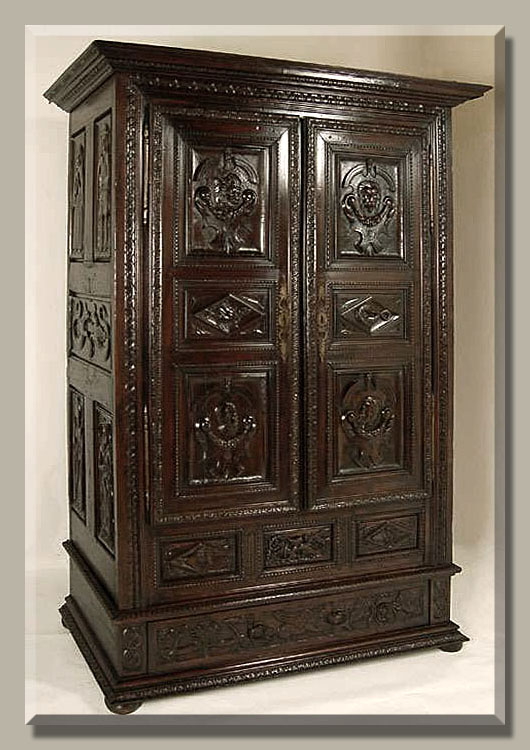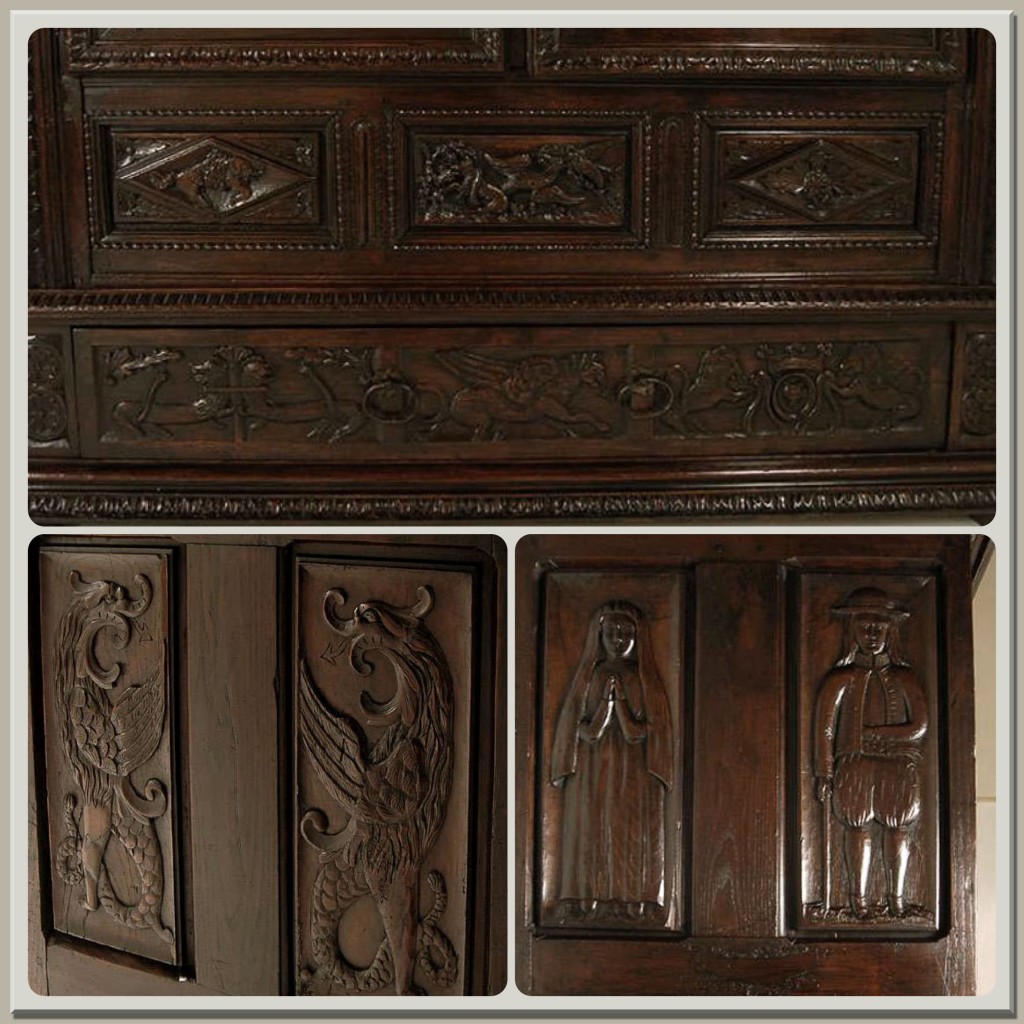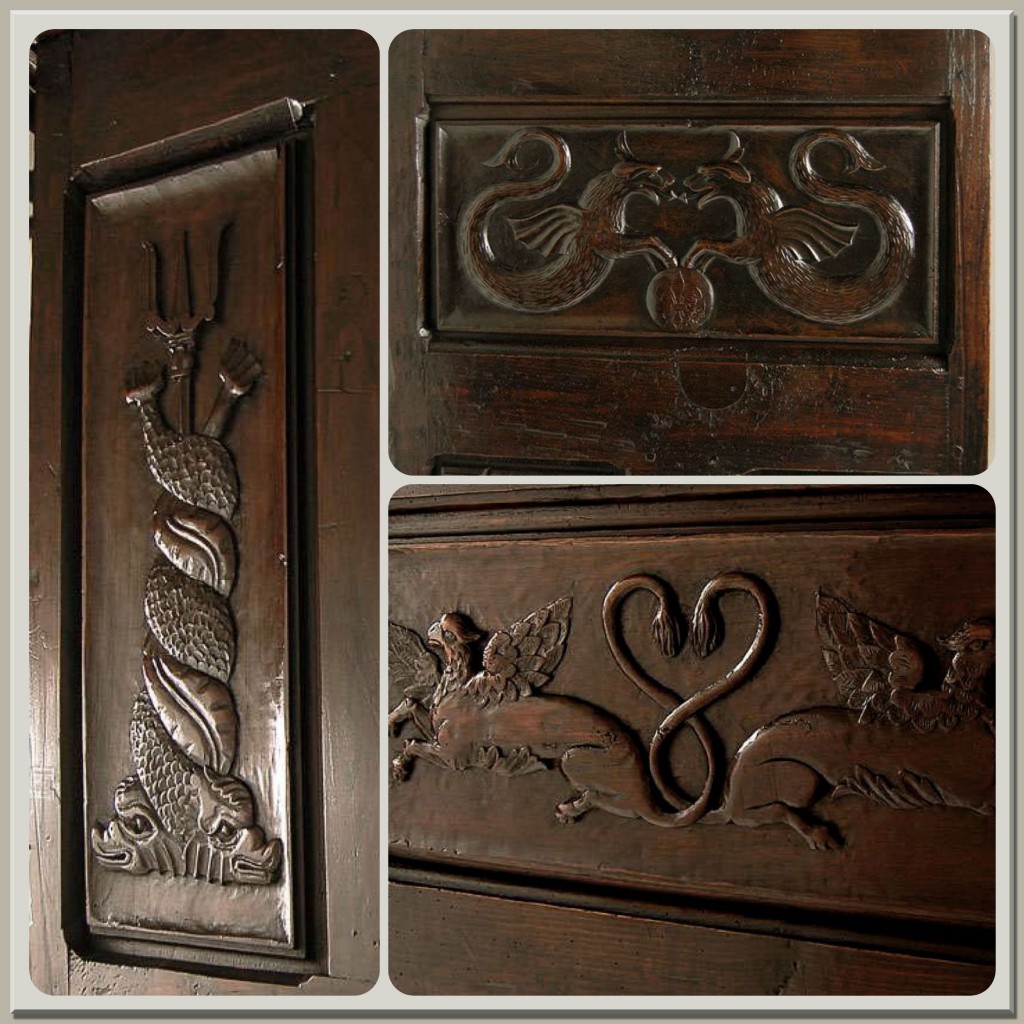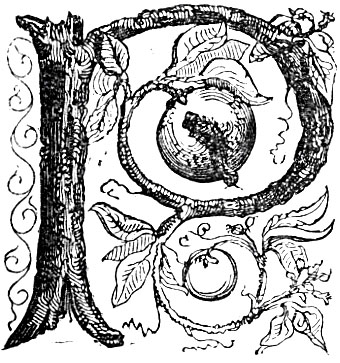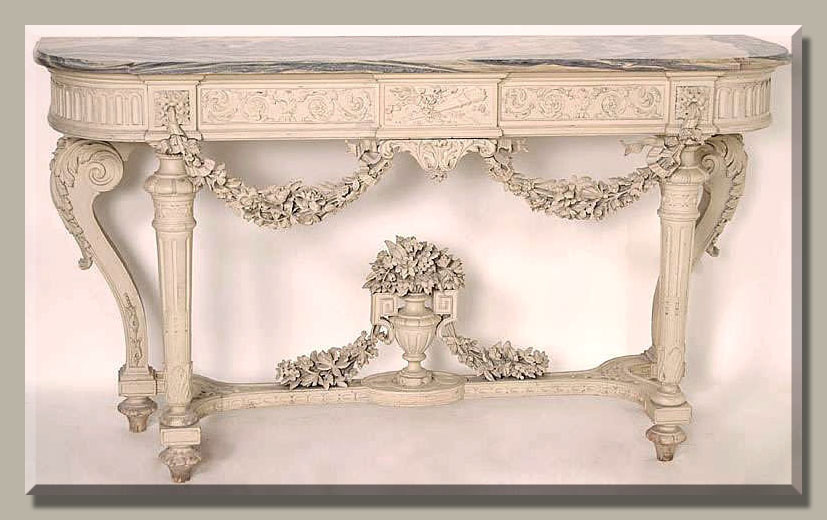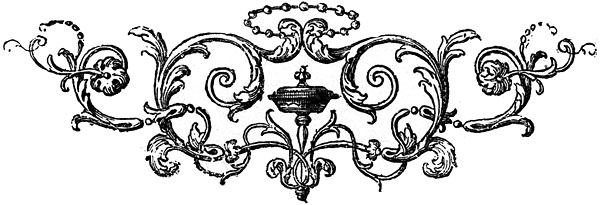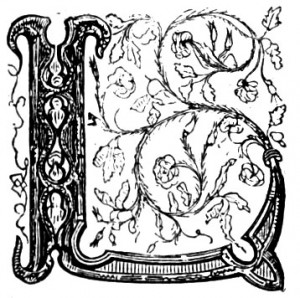 Literally, a cabinet for armor, the antique armoire we enjoy today has a long and rich history in France, most particularly in the provinces where skilled artisans used hand tools to produce works of art that have decorated homes for centuries. Each of the provinces tended to develop unique style motifs and Brittany is no exception. The residents of the Bretagne peninsula have a long history of association with the sea. Their furnishings were adorned with carvings relating to the sea, their Christian religious beliefs, their aspirations, and in general the joys of rural life.
Literally, a cabinet for armor, the antique armoire we enjoy today has a long and rich history in France, most particularly in the provinces where skilled artisans used hand tools to produce works of art that have decorated homes for centuries. Each of the provinces tended to develop unique style motifs and Brittany is no exception. The residents of the Bretagne peninsula have a long history of association with the sea. Their furnishings were adorned with carvings relating to the sea, their Christian religious beliefs, their aspirations, and in general the joys of rural life.
Maritime commerce played an important part in the lives of the people of Brittany, and this particular armoire bears testament to that influence with references to a variety of fanciful sea creatures, Neptune’s trident, and more. In addition, it is readily apparent that the family that commissioned this work of art were also devout, as evidenced by the depictions of a nun & a bishop, who could in fact have been family ancestors. Lastly, there is a sequence of motifs devoted to the military and the royal court, with fleurs de lys and helmeted warriors, not to mention a fierce visage of a lion’s head, symbol of French kings for well over a millennium.

The furniture of the Brittany region of France is reflective of its unique culture. Situated between the English Channel and the Bay of Biscay, the Bretons have long been fascinated by the sea and incorporated maritime motifs in their art. The style was heavily influenced by the magnitude and rich decoration of the French Renaissance, co-existing with a regionally distinctive whimsy and charm. Typifying the aesthetic, this awe-inspiring rare French armoire is hand-crafted from select French walnut. Armoires of such importance were traditionally constructed over many years as part of bride’s dowry and housed her trousseau. Each panel was carved by hand from solid planks of wood, and no two panels are alike. Replete with nautical motifs of tridents and dolphins, Renaissance images of composite animals, cartouches and masks, and provincial religious figures, it is as captivating in its naivete as it is impressive in its craftsmanship. Circa 1710. Measures 86.5 x 63 x 26.5.
It is interesting to note that Brittany itself has two distinct styles that evolved over the centuries, now called Lower Brittany and Upper Brittany. Upper Brittany is closer to Normandie and the Loire Valley, usually trending towards a more elegant Louis XV and Louis XVI look. Lower Brittany pieces typically have straighter lines and more of a Louis XIII and Louis XIV style influence, with a squared outline and rectangular panels.
It is typical for Brittany pieces, more so in Lower Brittany, to be embellished with vivid and allegorical scenes and motifs. This armoire is a perfect example of that genre. Survived since the early years of the 18th century, it gives us an amazing glimpse into what the people of that era held dear to their hearts.


